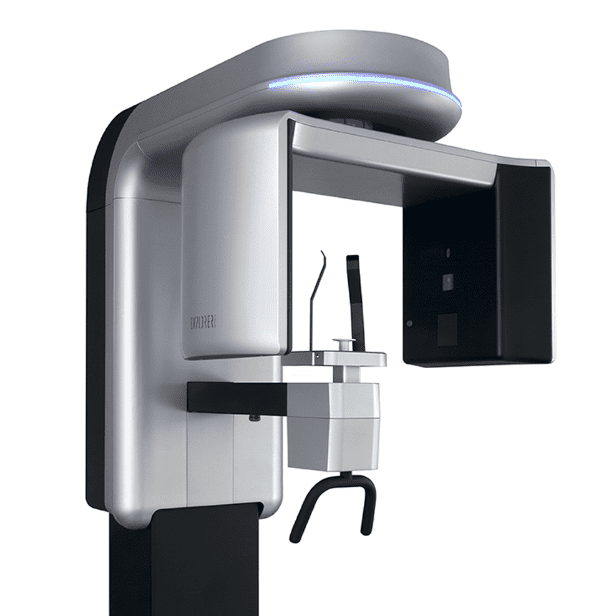Dental Technology
How Our Investment in Technology Benefits Patients
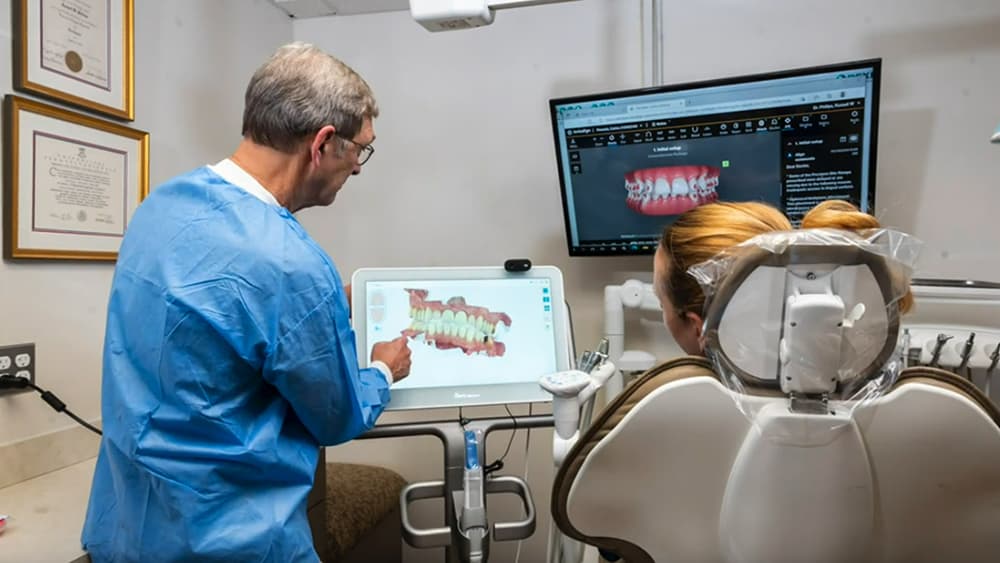

Digital Radiographs (X-Rays)
In the past, x-rays used a lot of radiation, took forever to process and were uncomfortable to take as a patient. Today, we use digital x-rays that emit significantly less radiation and capture clearer images that upload automatically to our computers. This helps cut your appointment time down and allow us to diagnose and treat you much more efficiently. We will discuss your x-rays during your appointment and show you the different parts of your mouth and let you know if we have any concerns.
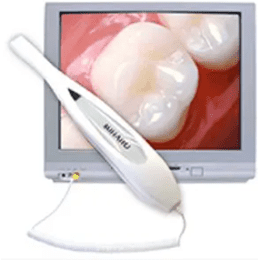
Intra-Oral Camera
The use of intraoral cameras leads to faster results and better treatment planning for patients in need of advanced dental procedures. Small enough to fit comfortably into a patient’s mouth, an intraoral camera allows Dr. Phillips to view areas of the mouth that he normally cannot see clearly without the use of this modern device.
We can view images from the camera on the flat screens within our operatory, enabling both patient and dentist to discuss what is going on inside the patient’s mouth. For our patients with dental insurance, we can submit intra-oral camera pictures with claims, to help our patients receive their insurance reimbursements.
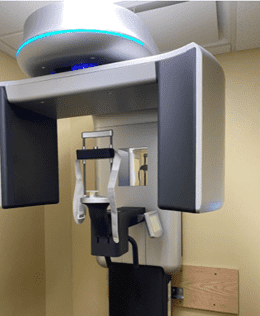
CBCT
Dental Cone Beam Computed Technology (CBCT) computerized tomography, commonly known as a CAT scan. The dental version varies from the medical version in that the radiation beam is directed in such a way as to achieve 3 dimensional images with enormously less radiation. Dentistry has long depended on the traditional 2 dimensional X-ray which offers no information in the depth dimension. Not only do these images show information about the tooth structure, but the dentist can also see details affecting the nerve pathways, soft tissues, bone health, and more. As a result, precision in treatment planning helps to minimize invasive treatments and optimize long-term dental health. CBCT is the future in many areas of diagnosis that are not achievable with the traditional X-ray, and a modern dental office really cannot function properly without it.
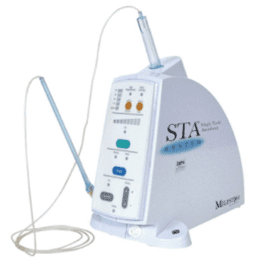
Single Tooth Anesthesia (STA, sometimes referred to as “The Wand”)
Dealing with the pain of typical dental injections and the aftermath of numb and swollen feeling lips, cheeks and tongue are typically unfavorable parts of ones dental experience. Not exclusively, but in most of the areas requiring numbing injections, this can be done with a technique that involves numbing only the one tooth requiring the treatment instead of areas of teeth covered by the usual injections. There is also usually none or very little of that numb feeling after the visit. It is also a much less painful, almost painless, method of achieving numbness with a much more pleasant aftermath. The instrument is commonly known as “The Wand.”

